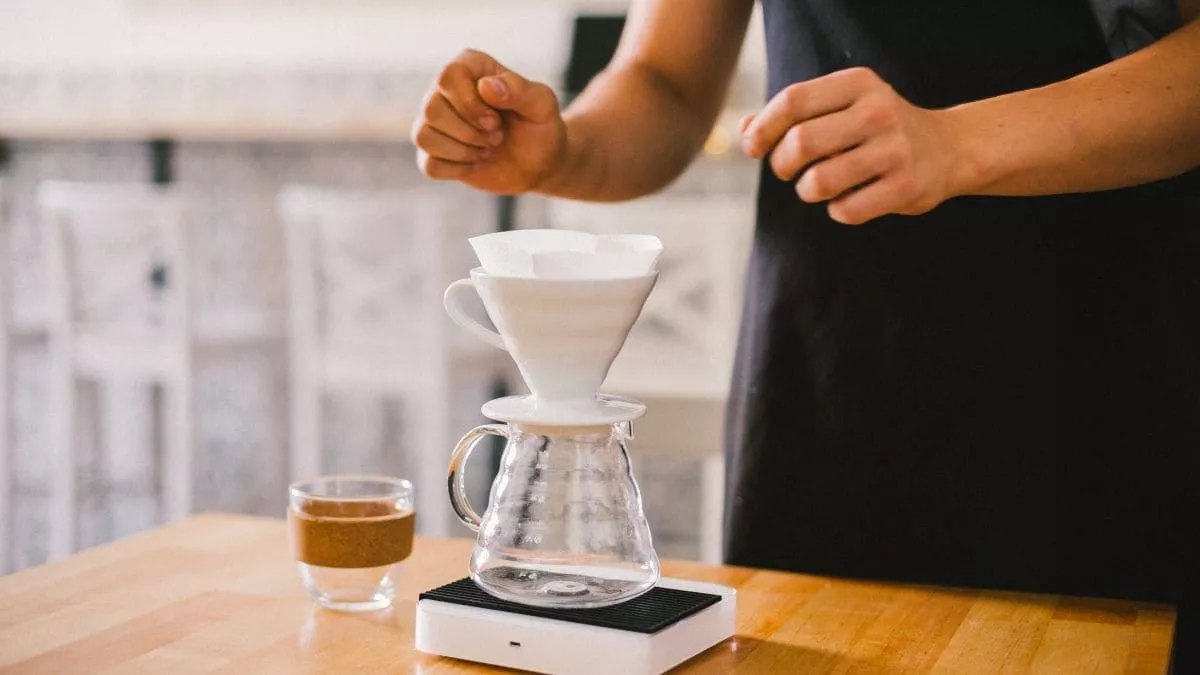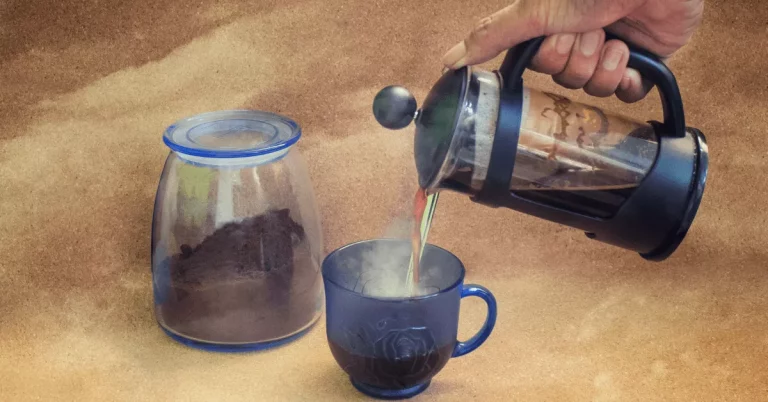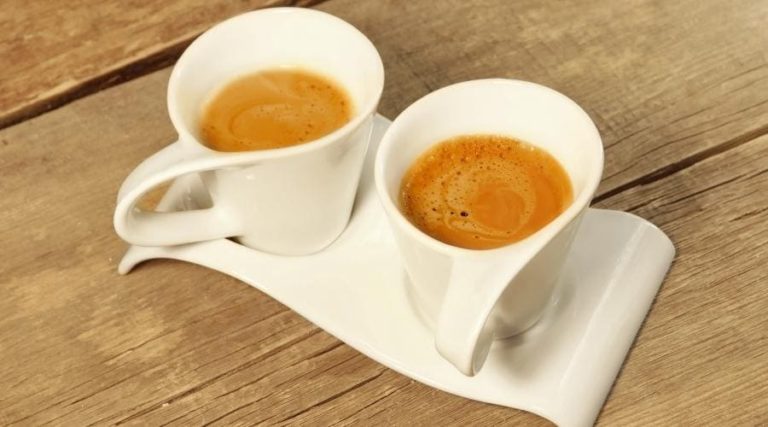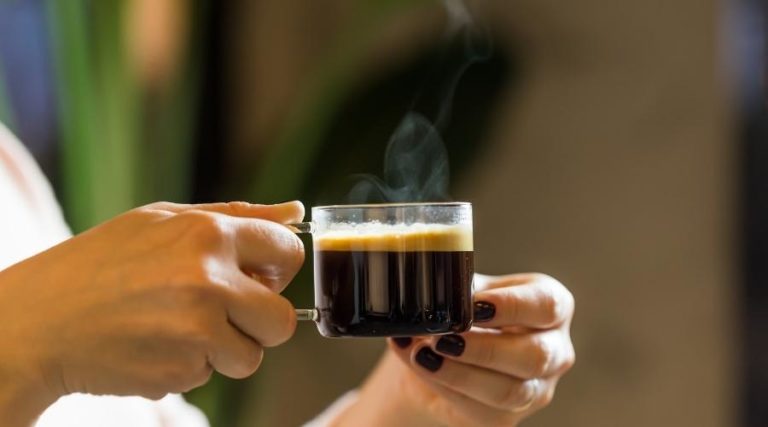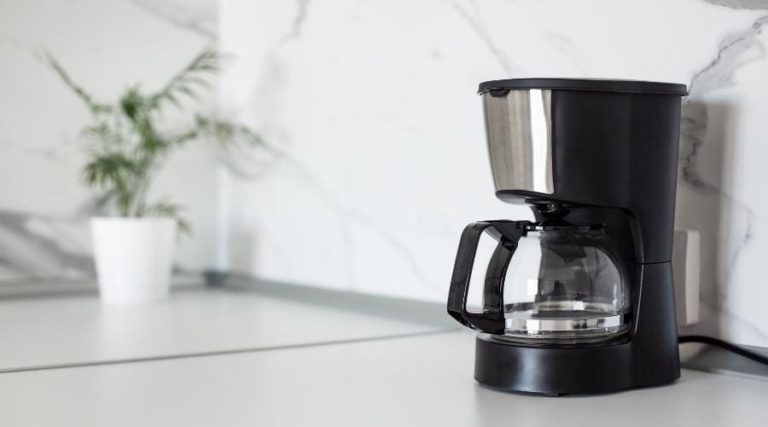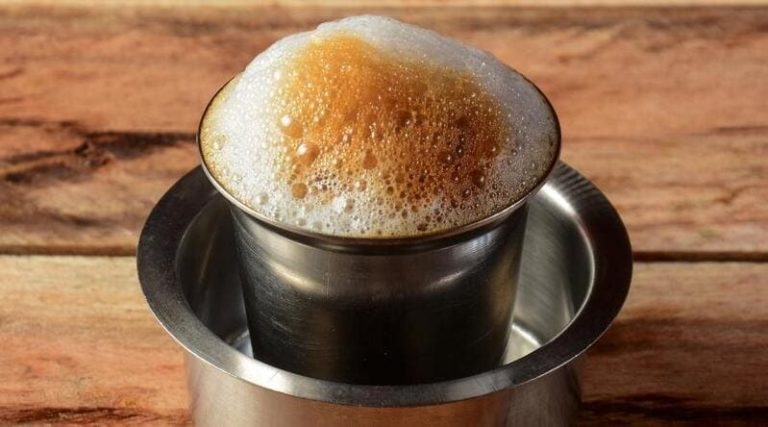Filter Ground coffee refers to medium ground coffee made specifically to refine the taste of the Pour-over brewing style, also commonly known as filter coffee. And so these coffee particles will look and feel like fine sand.
French Press, Aeropress, Moka Pot, Kalita Wave, V60, Capsule machines, cezve, pour-over, Phin filters, and drip coffee makers are only some of the ways you can brew coffee at home.
Despite all of them doing the same job, that is providing a hot cup of energizing (black) coffee, each and every one of them has separate characteristics. And there lies the twist
For instance, for people desiring a strong and robust flavor, there’s the French Press.
For people who want iced coffees, there’s the Nespresso Vertuo Pods.
Likewise, for people who want a heavier and rich-bodied cup of coffee, there’s the Moka Pot.
The list goes on…
But, what about pour-over coffee or filter coffee? Who exactly are they for and are they worth it? After all, what’s their success behind being the most notable coffee brewing method in the world?
Well, in the next few minutes – or words – we’ll be finding that out exactly. In fact, many people know how to make a filter or pour-over coffee, but I bet they don’t know the fascinating story behind it.
What Is Filter Coffee
Pour-over coffee or paper filter coffee dates back to the 20th century thanks to the efforts of a German Lady, Melitta Bentz. During that time, that is the early 1900s, coffee began gaining popularity all over Europe.
Melitta began experimenting with coffee beans in the hope of making a less bitter and less-messier coffee. Eventually, she hit jackpot.
Melitta, being an entrepreneur, set up her business not knowing that she would be creating history and completely revolutionizing the coffee world.
As the name suggests, the filter coffee involved brewing coffee in a pour-over fashion. It meant pouring hot water on a paper filter that held the ground coffee content. That filter is what defines the filter coffee.
The coffee grind is filtered through the paper filter before it reaches your cup. The filter prevents oily particles and other substances from entering your cup which meant a lot of health benefits.
Filter or pour-over coffee took the shape of many different coffee brewing methods over the years like Chemex and V60. Nowadays, you can find the (paper) filter coffee in even Aeropress which shows how far filter coffee has developed.
How to Make Filter Or Pour-Over Coffee?
In order to do a pour-over, it is advised to have a much coarser coffee grind. We need to make it as easy as possible for the (hot) water to dissolve into the ground coffee. A much coarser grind can drastically improve coffee taste, flavor, and even strength. So, grind type should be kept in mind before doing a pour-over
Before placing the grounds in the filter cups, run hot, steaming water around the edges and corners of the filter cup. This helps rinse away any paper filter taste from your coffee.
Upon grinding the fresh whole coffee beans, evenly distribute the grounds in the filter cup.
Next, begin the pour-over process. Slowly and gently start pouring hot water on the filter ground coffee. Make sure not to pour water all at once as it can have a negative impact on your coffee flavor.
When you have your desired cup of coffee, stop pouring water and you should be good to go.
Filter Ground Coffee vs Instant Coffee
A question that most people ask and a question that I find to be completely valid. Is filter coffee better than unfiltered coffee? Simply put, yes. I strongly believe that filtered coffee is leagues ahead of supermarket instant coffee. Here’s how:
First of all, coffee strength and caffeine amount. By comparison, a typical instant coffee packs way less caffeine than a (filter) ground coffee. That may suit some, but for many – including me – who are looking for a strong cup of coffee, instant coffee doesn’t sound appealing at all.
Plus, (filter) ground coffees give you much more control over your coffee flavors. You can vary the grind size, grind type, and even the (hot) water temperature. So, you are welcome to experiment with new and new flavors that exactly match your needs.
Unfortunately, you can’t play around with an instant coffee on that level. It’s just you, a pack of Nestle instant coffee, and some steaming, hot water. Where’s the fun in that?
Also, this might be the reason why instant coffees are much more popular than (filter) ground coffees. It doesn’t require any pour-over procedure. Just dump a teaspoon of instant coffee in the (hot) water-filled mug, and you’ll be good to go.
Verdict?
Personally, I’d choose filter coffee over a typical Walmart instant coffee in a heartbeat for a host of reasons. In fact, I have it every morning. First of all, pour-overs are fun. They certainly do test your patience (and concentration), but for that, you are rewarded.
Plus, you have control over your coffee brewing which I’m most certainly a fan of.
And if that wasn’t enough, filter coffees are said to carry a rich aroma around themselves, which – for me – is the perfect start to a morning.
Filter Ground Coffee Roast vs Espresso Coffee Roast
Given that filter coffees offer more freedom in varying flavor types, it’s best to brew filter ground coffee as intended. This means that you can’t brew filter coffee in the same way you brew instant coffee.
If you happen to have done so, you’d notice that the filter coffee ground roast didn’t entirely dissolve with the water. I like to call that an “undercooked coffee.”
The same is the case with espresso coffee roasts. You just cannot brew espresso coffee roasts in a pour-over style and expect the same taste. Otherwise, you’d just be having a bitter cup of coffee.
Espresso roasts are (made) a bit different from the filter coffee roasts. Espresso roasts have to go through a combination of hot temperatures and pressure in espresso machines for a very short period of time.
Meanwhile, filter coffee roasts are meant to go through relatively hot (water) temperatures and for a longer period of time. Now, this can play a major role in determining the acidity in your cup of coffee. This is why espresso – in general – packs more acidity. (Source)
Also, because espresso machines extract more from the ground coffee, the bitterness seems much more prominent. More importantly, espresso roasts are significantly more bodied and heavier than filter coffee roasts.
Not to mention, the espresso crema, which is quite literally (and figuratively) the cream of espressos and is something to die for.
Final Thoughts
The day just doesn’t begin with a nice warm cup of coffee; in fact, it seems impossible without it. Many coffee-lovers would definitely agree with this statement.
Waking up to the noise of fresh coffee being ground is one of life’s greatest blessings. Pour-over coffee just makes things 10x better.
If you have (finally) decided that filter ground coffee is the way for you, then I’d strongly recommend buying whole coffee beans and then grinding them yourself. You can thank me later 😊

